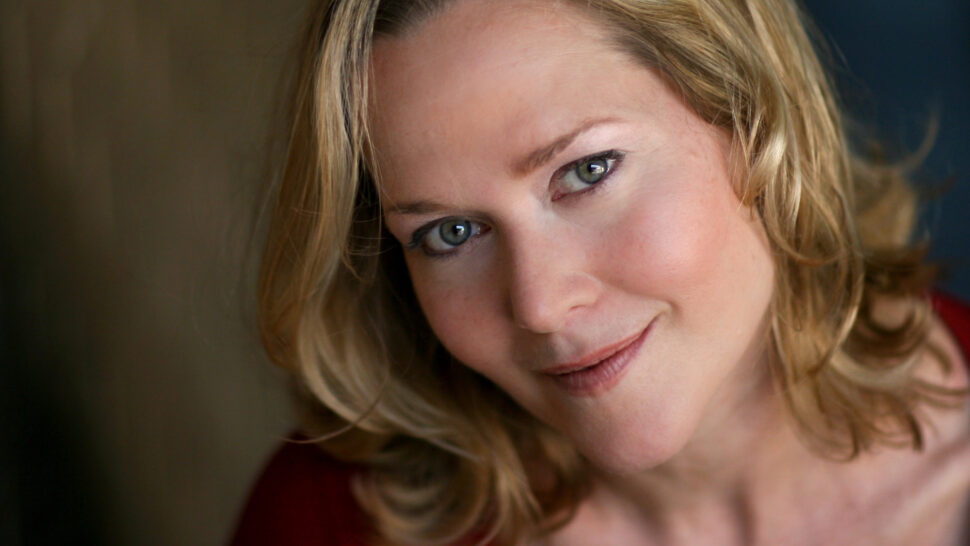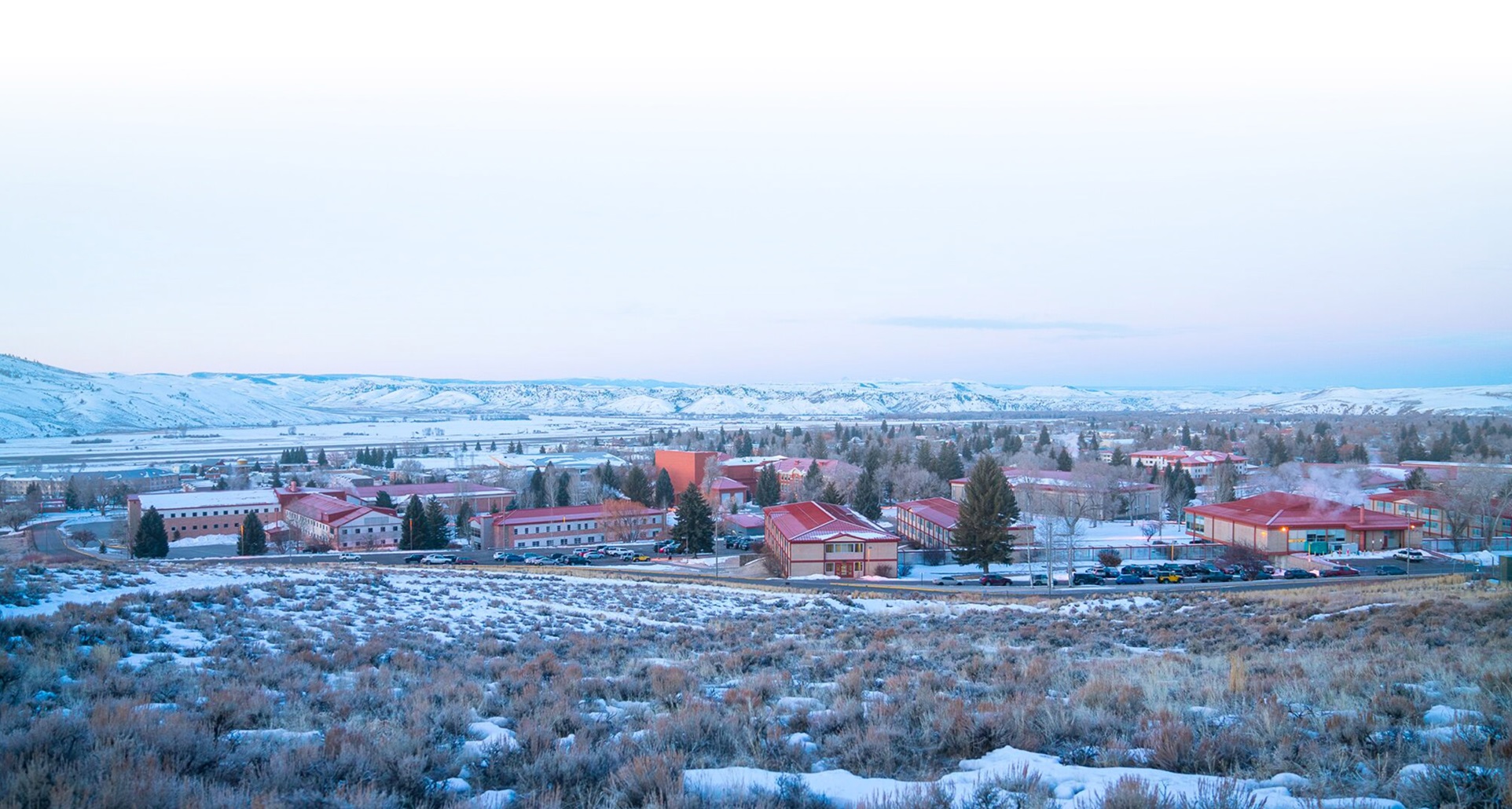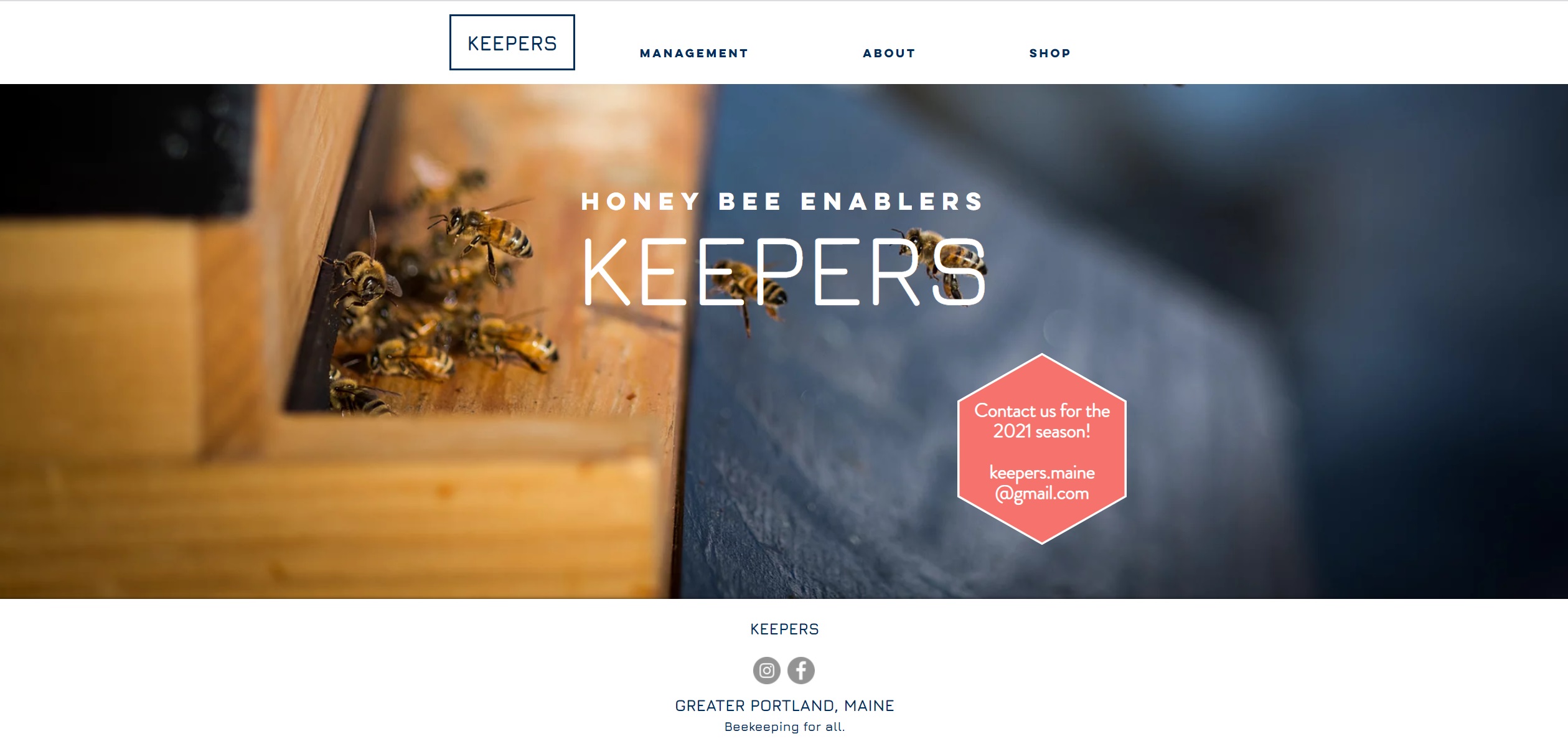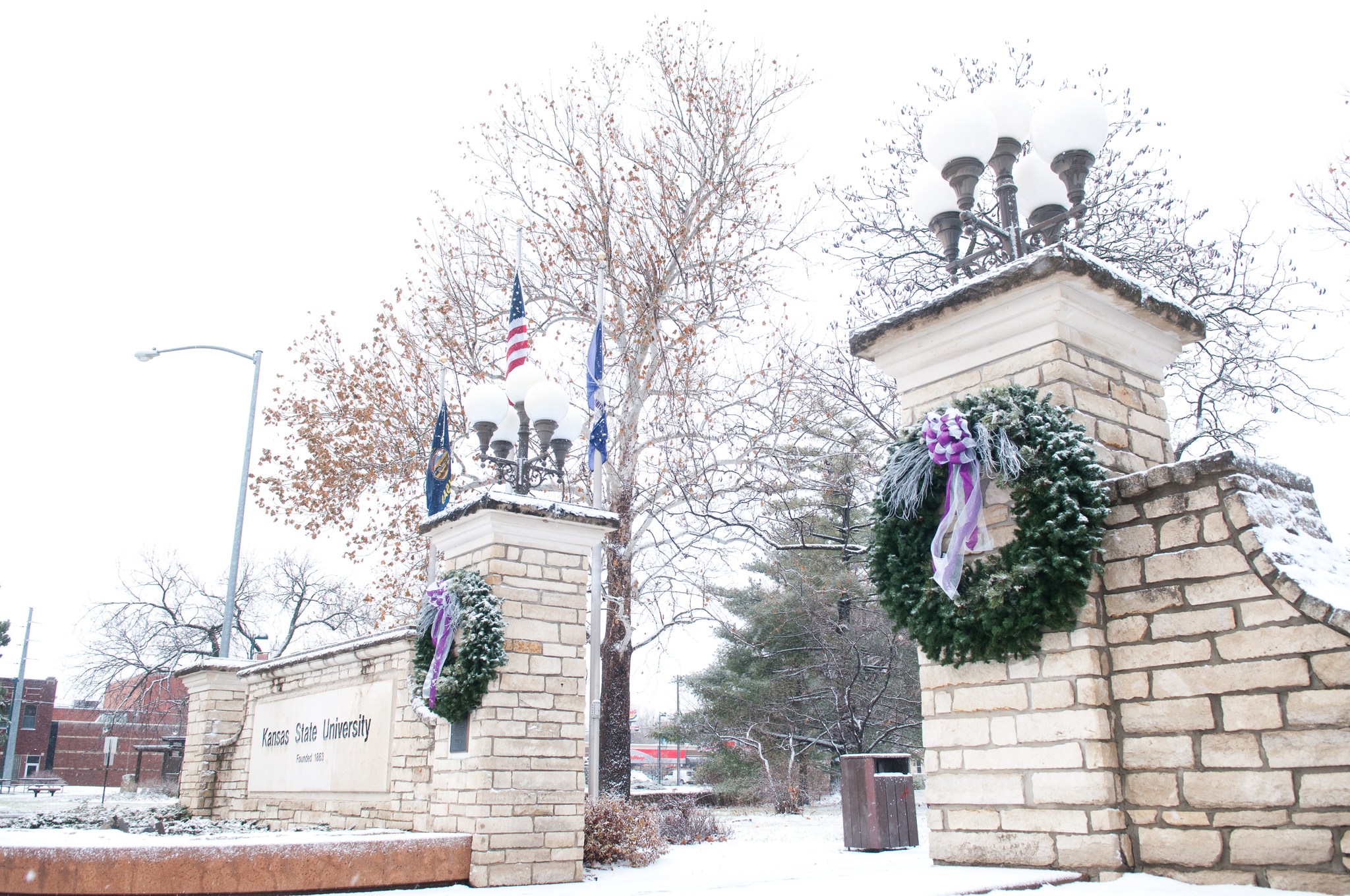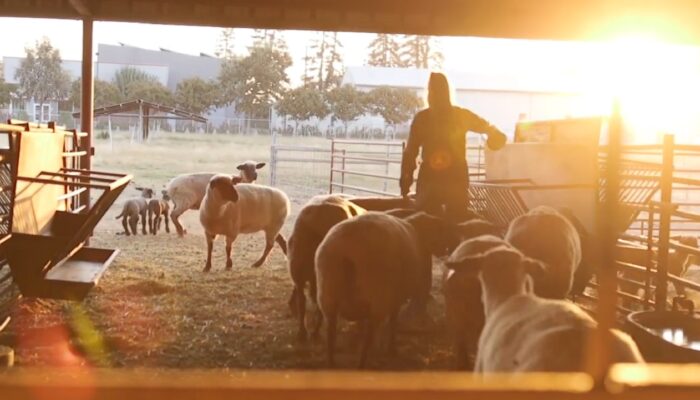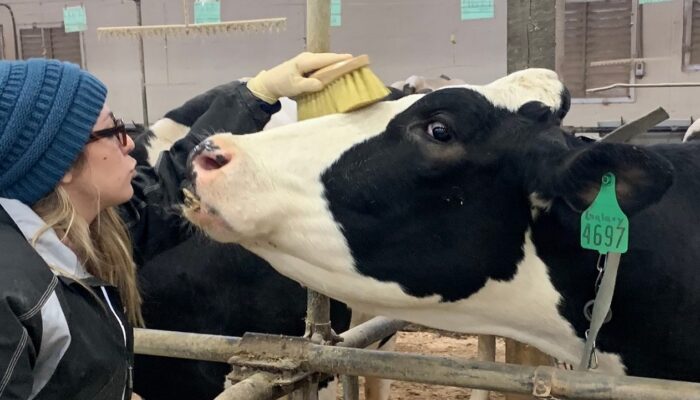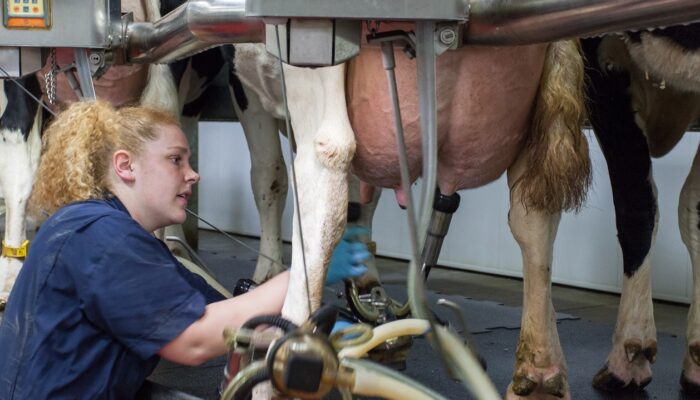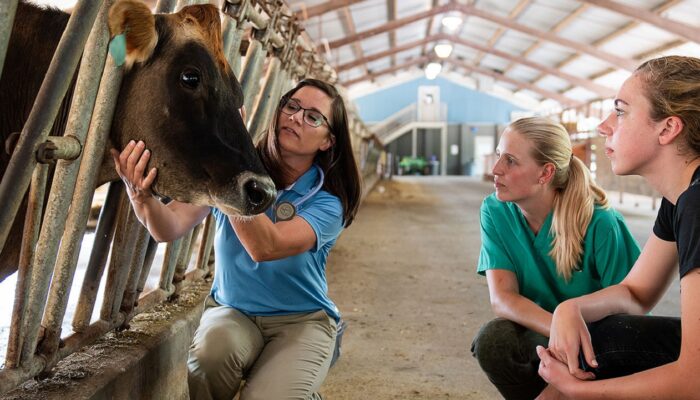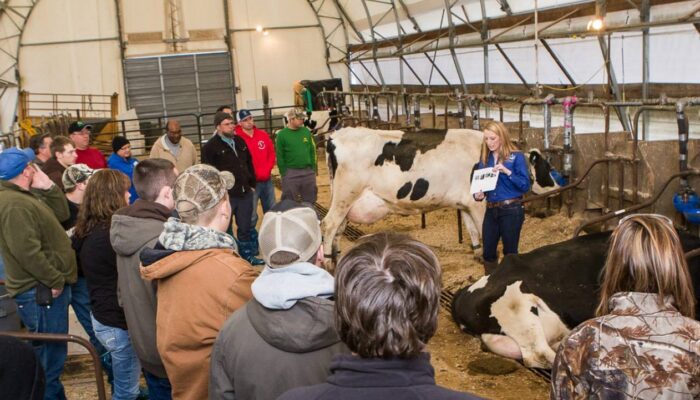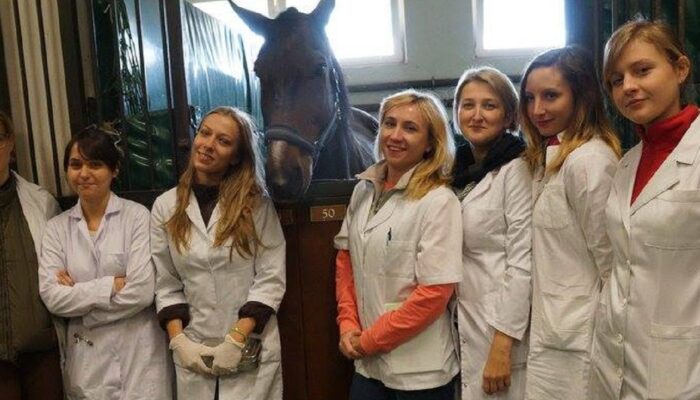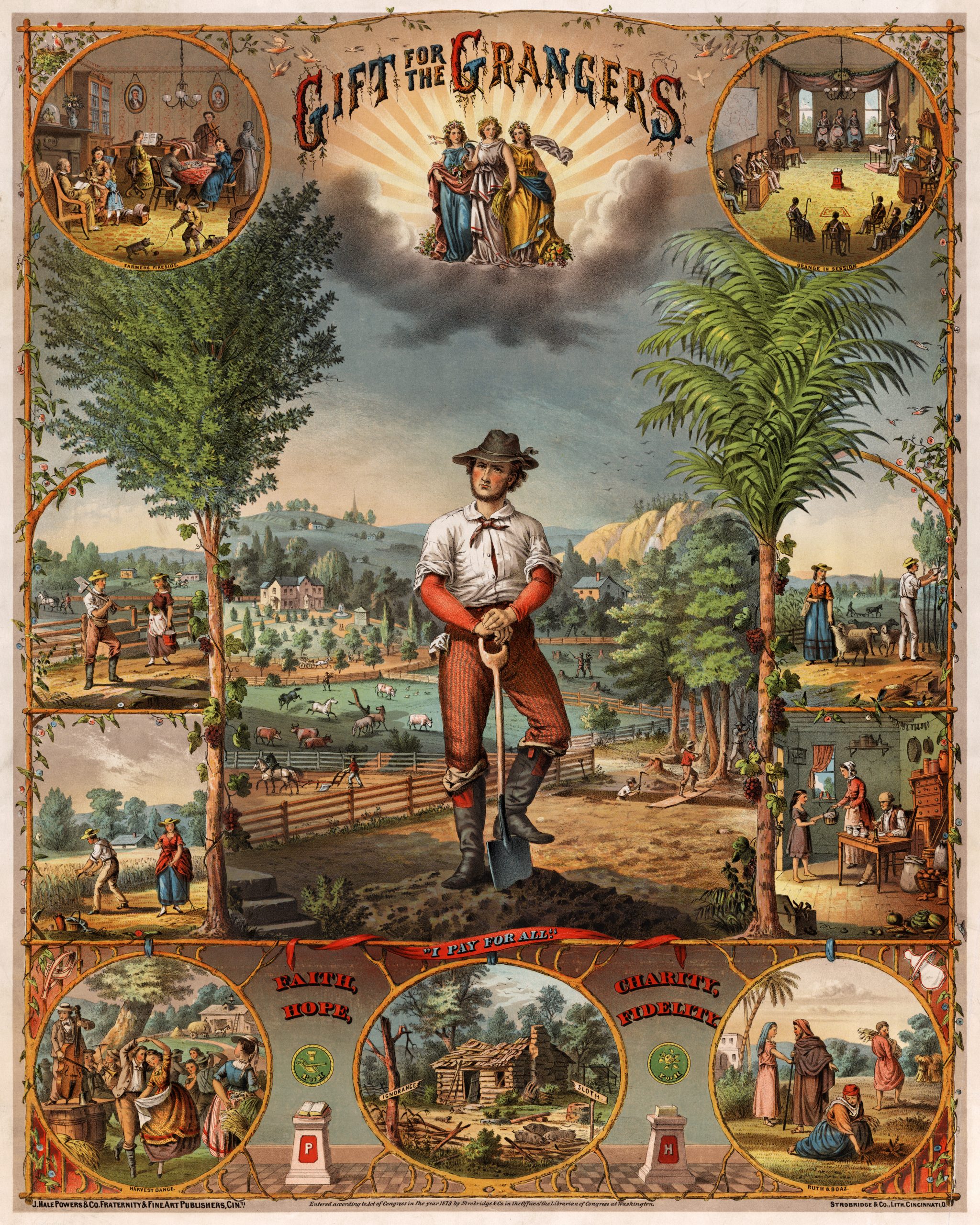Key details:
- Total project cost: $1.9 billion (largest single facilities project in Ohio State history).
- Size: About 1.9 million square feet.
- Beds: Up to 820 all-private rooms.
- Additional features: 234 ICU beds, expanded emergency and surgical services, connections to other medical buildings, and a new parking garage.
- Timeline: Construction started around 2020, with substantial completion and opening in early 2026.
Related:
2024 International Plumbing Code | ASPE Plumbing Design Handbook
| ASHRAE 188 Legionellosis: Risk Management for Building Water Systems
International Building Code Meeting minutes #67 2025-12-12
IEEE 602 (White Book) Recommended Practice for Electric Systems in Health Care Facilities
February 2026: New 820-Bed Inpatient Hospital at Ohio State University
The new 820-bed inpatient tower at The Ohio State University Wexner Medical Center (known as University Hospital) opened in February 2026 and represents the largest single-facility project in the university’s history, with a focus on patient-centered care, advanced technology, and sustainability.
Based on available project details, there were no reported major electrical problems or disruptions during construction or activation that hindered progress—in fact, electrical systems were tested successfully with no operational challenges noted during key milestones like the activation of exterior lighting. Instead, several noteworthy electrical and technology-related features and innovations have contributed to the project’s overall success, particularly in enhancing energy efficiency, patient experience, and operational performance.
Energy Efficiency and Sustainability Initiatives
The hospital’s design emphasizes sustainable electrical systems, earning it a green bond designation for its bonds and a sustainability award from the Ohio Facilities Construction Commission early in the project. Key aspects include:
- Optimized energy consumption: The building incorporates enhanced commissioning of electrical systems to ensure high performance and reduced energy use, aligning with broader goals to minimize costs and environmental impact. This includes low-carbon energy sources and utility plant management, allowing savings to be redirected toward patient care.
- Daylight maximization: Patient rooms feature 9-foot windows to flood spaces with natural light, reducing reliance on artificial lighting and supporting faster recovery while lowering electricity demands.
- LED lighting integration: The iconic Block O exterior sign (30 feet tall, 365 feet above ground, and weighing nearly 3 tons) uses about 750 feet of energy-efficient LED lighting, symbolizing the hospital’s commitment to modern, low-energy illumination. Electrical systems for this were pre-tested, ensuring seamless activation without issues.
These elements not only promote eco-friendly operations but also position the hospital as a model for future healthcare facilities, with designs that conserve energy and adapt to evolving needs.
Technological and Electrical Innovations for Care
Electrical infrastructure supports cutting-edge features that improve clinical outcomes and user experience:
- Digital patient interfaces: Every private room includes a 75-inch digital screen powered by integrated electrical and cabling systems, enabling telehealth, video conferencing, room controls (e.g., lighting and temperature), educational content, entertainment, and relaxation tools. This fosters team-based care and patient empowerment.
- Surgical and operational tech: Cabling installations in operating rooms facilitate surgical video integration, allowing real-time audio/video during procedures for better collaboration and training. The building’s modernized spaces accommodate advanced technology, with simulations during pre-opening phases identifying and resolving minor electrical tweaks (e.g., call button functionality) to ensure reliability.
- Infrastructure scale: With 50 elevators and state-of-the-art diagnostic areas, the electrical backbone (managed under mechanical-electrical-plumbing oversight) supports high-reliability power for critical care, including 234 ICU beds and neonatal units.
These electrical-enabled innovations have helped the project stay ahead of schedule (reaching substantial completion in late 2025) and under budget in key areas, contributing to its acclaim as a forward-thinking facility that elevates care for Ohio’s growing population. No significant electrical setbacks were publicly documented, unlike a brief structural pause in 2022 for a cracked concrete column (unrelated to electrical systems). Overall, the seamless integration of efficient, reliable electrical systems has been a key factor in the hospital’s successful launch and its role in advancing healthcare innovation.






